Menu
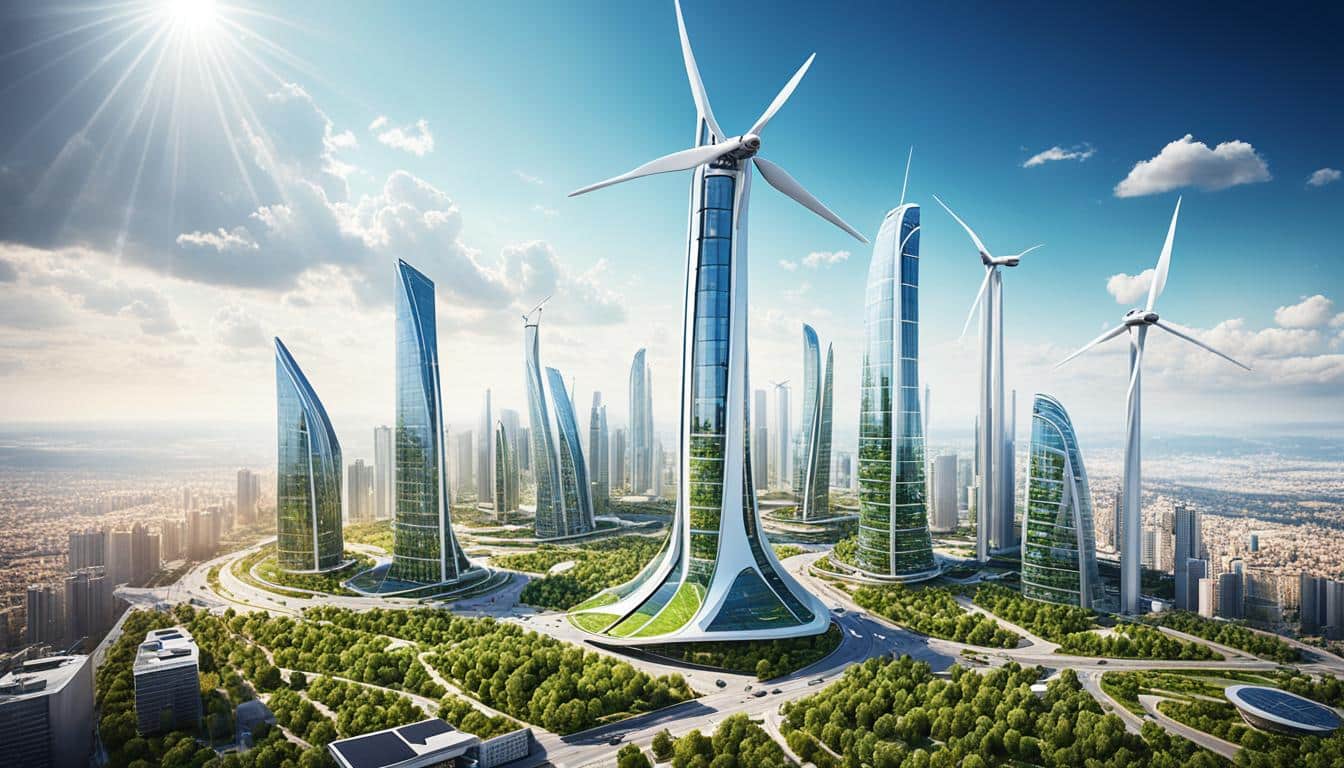
Did you know that by 2024, 80% of G2000 companies will show their carbon footprint accurately? This is up from just 50% today. It shows the importance placed on measuring the impact companies have on the environment. With every step, we move closer to the goals of fighting climate change.
In 2025, we’ll see big changes in environmental laws. This shift is largely because of the European Union’s new and bold strategies. These actions focus on making businesses operate in ways that are kinder to the planet. They encourage using less, recycling more, and reducing pollution.
The EU’s plans cover areas like keeping products and materials in use for as long as possible. They also push companies to be fully honest about how they are helping the environment. This will make sure that reports on company green efforts are real and not just for show. All these changes aim to help consumers make smarter choices. They want to support companies that truly care about our world.
One key change coming up is the joining of two big groups setting global standards. The International Sustainability Standards Board (ISSB) and the European Sustainability Reporting Standards (ESRS) will soon match their goals. This will start a new chapter where worldwide environmental rules work more closely together. It will make reporting on how companies protect the environment clearer and easier to understand.
Changes in product design and packaging rules are big news. The EU’s new green steps want to make products more circular. This means they should last longer and be easy to recycle. Companies are being pushed to create products that are better for the environment.
Rules now demand that products are made to last and easy to fix or recycle. This aims to cut down on waste. Also, it asks companies to use less packaging and pick materials that are good for the planet.
There’s new pressure on businesses to deal with their products when they’re no longer in use. They must collect and reuse old products. This helps cut down on throwing things away and uses resources better.
Circular design offers big chances for companies. Many leaders see circularity as key to their success. With new laws, companies that reuse materials will do better. They can lower costs and help the planet.
Around 50,000 companies will share their eco-efforts publicly. This shows a push for clear and sustainable actions. It’s about making green choices a part of how companies work. This is key for success in circular design.
Experts predict significant changes in how supply chains reduce carbon. The Corporate Sustainability Reporting Directive (CSRD) requires companies to look closely at their supply chains. They must make sure they meet new green and ethical standards.
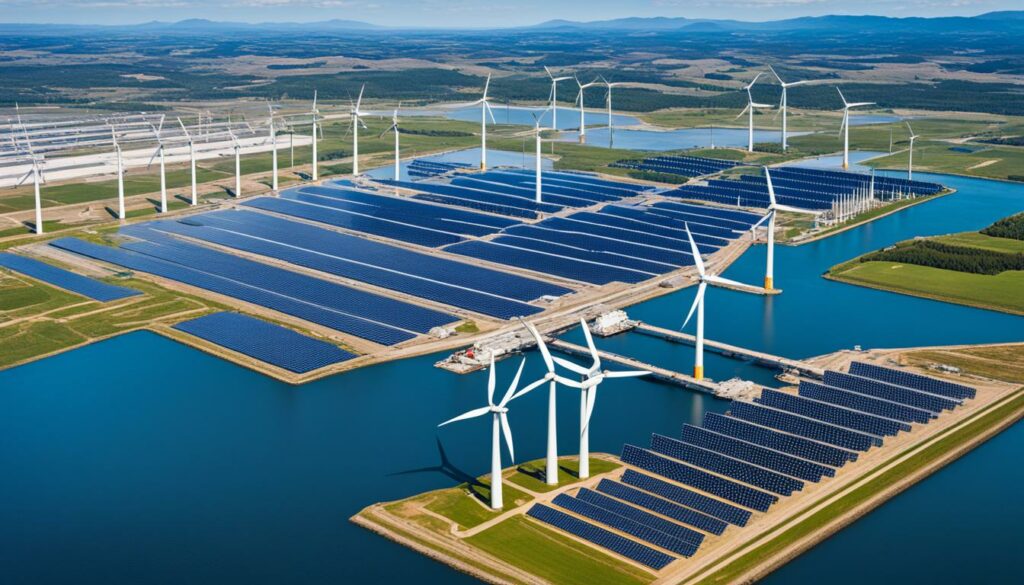
The CSRD now makes businesses give detailed reports on their green efforts. They have to talk about both their own work and what their suppliers do. This means checking the whole chain, not just what happens directly.
Checking for green risks in a supply chain is key. Research shows most global emissions come from making things and moving them around. Handling these risks badly could hit a company’s profits hard.
New rules say companies can’t buy certain goods unless they’re proven deforestation-free. This makes businesses work with suppliers more closely. They want to make sure what they buy is kind to the planet.
Clothing makers might not have enough of the right materials by 2030 if they don’t act.*
| Impact Area | Current Status | Forecast for 2030 |
|---|---|---|
| Preferred Raw Material Demand | Medium | 133 million tonnes gap |
| Net Profit Increase with Sustainable Materials | 6% | Higher with compliance |
| Compliance Rate for Flagship Regulations | 15% | Expected to rise |
Organisations like Quantis and the Textile Exchange are helping brands find new green paths. They push for deep cuts in carbon use. Their work is crucial for a green future.
The EU has set bold decarbonisation goals to slash emissions. To achieve this, sectors must follow strict rules and invest in projects that cut greenhouse gases. This is a big task needing everyone’s effort.
The Energy Performance of Buildings Directive pushes the property sector to use less energy. It means homes and offices will have to be more efficient. This helps a lot in meeting the decarbonisation targets by using energy smarter and reducing emissions.
Starting in 2026, the Carbon Border Adjustment Mechanism will tax imported items that use a lot of carbon. So, products like aluminium and steel will have to meet the same carbon limits as those made in the EU. This creates fair competition and helps cut emissions worldwide.
Companies need to do more to cut their carbon. They should invest in projects that lower emissions. The Energy, Agriculture, and Transport sectors have to cut their emissions by large amounts. Using more renewable energy, such as wind and solar power, is key to reducing the carbon footprint.
But, some places might not meet their carbon cut goals by 2030. This is the case in Ireland, where targets might not be fully reached. Sectors everywhere must make decarbonisation a big part of their plans to catch up.
Each sector faces their own challenges in hitting the carbon targets. For example, homes are doing well and are expected to cut emissions by a lot by 2030. However, areas like agriculture and industry might find it harder to reduce emissions fast. More focus on cutting carbon and finding new ways to meet the targets is needed across the board.
The EU Directive fights greenwashing by making companies align what they say with what they do, starting in 2026. They can’t use vague claims like ‘carbon neutral’ anymore. Instead, they must share clear, proveable messages. This change marks a big step in how companies communicate about being environmentally friendly.
In 2024, there’s a big push for sustainability stories to be both interesting and follow the rules. With new rules coming in Europe and the US, companies have to be real about what they’re doing for the planet. They must tell stories that truly show their green steps and struggles.
According to the Worldcom Confidence Index (WCI), discussion about ESG and green efforts is high among top world business leaders. This shows the push for being transparent and acting responsibly. Businesses are urged to make their green promises match their real actions.
By 2024, telling the whole sustainability story, not just the success bits, becomes crucial. The public and the rules are pushing for clear, honest communication about green efforts. Companies need to show what they’re really doing for the environment.
The year 2024 is also expected to bring lots of jobs for people who can turn complex green info into stories that grab attention. This change is making a big impact on public relations, merging it more with the sustainable business practice world.
So, by 2026, companies must change how they talk about being green to earn trust. They have to be clear, accountable, and share stories that are true. This will not just follow future green rules but also make people believe in what they’re doing.
Talk about making European and international standards work together is getting louder. The work between the ISSB and the EFRAG is vital. They’re making sure global sustainability measures are the same everywhere.
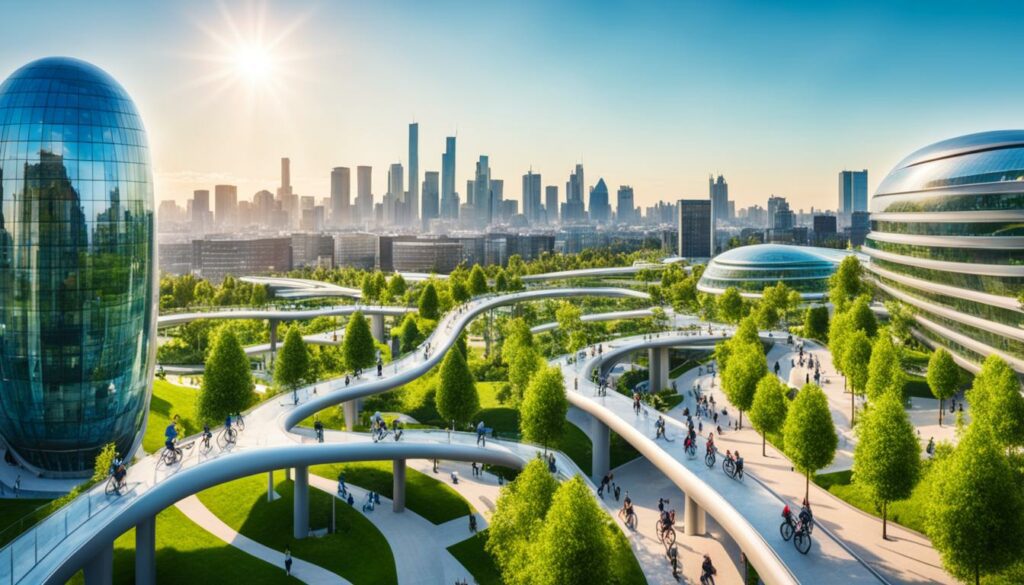
In June, the ISSB shared its IFRS S1 and IFRS S2 climate standards. Then in July, the European Commission approved the ESRS. These moves highlight the ISSB’s part in making the world follow similar sustainability steps.
In 2024, the EFRAG and the ISSB plan to show how their rules match up. They’re working to make ESRS and worldwide standards fit together. This will make reporting easier across countries, answering companies’ calls for simpler ways to report.
Soon, the EU Taxonomy’s rules should apply to more than 13 sectors. Businesses need to be ready for new guidelines from the ISSB and ESRS. These rules, along with the CSRD and CSDDD, will ask for more details in reports than before.
Changes are happening in how we report on sustainability. We are moving from the Non-Financial Reporting Directive (NFRD) to new rules. This includes the Corporate Sustainability Reporting Directive (CSRD) and European Sustainability Reporting Standards (ESRS). These new guidelines will change how companies report their sustainability efforts.
Around 50,000 companies now have to share more about their sustainability practices. This is a big jump from the rules before. Companies will need to give more details on their environmental, social, and governance (ESG) actions. This is all about being clear about what they’re doing for sustainability.
The CSRD’s reach isn’t just in Europe. Companies from outside the EU that work in EU markets must also follow these rules. This includes companies listed on EU-regulated stock exchanges. The aim is to have all global businesses meeting the EU’s high sustainability standards. This will make sustainability reports more trustworthy for everyone.
When it comes to how sure we are about the data, things are changing too. At first, companies will give limited assurance on their sustainability reports. But by 2028, this must change to reasonable assurance. This means more detailed checks on the information. It aims to make the data in sustainability reports more accurate and reliable.
| Year | Assurance Level |
|---|---|
| 2024-2027 | Limited Assurance |
| 2028 and Beyond | Reasonable Assurance |
Following these new standards shows a big move towards global sustainability. It’s about using the same rules all over for sustainability. As companies focus more on sustainability, these standards help keep everyone honest and build trust with people who care about these efforts.
The Corporate Sustainability Due Diligence Directive (CSDDD) is a key rule. It’s going to change how companies handle responsibility. This law will mainly affect big EU companies by 2027. It requires them to check their supply chains deeply for any harm to the environment or people. This kind of work is complex because supply chains are so intertwined. Companies must smoothly add these strict rules to their reports on how sustainable they are.
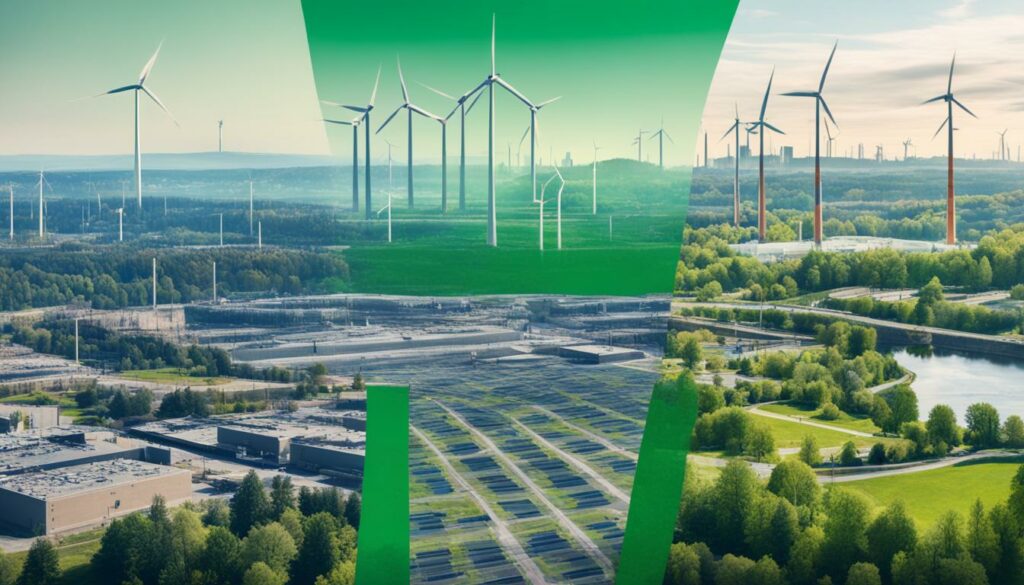
CSDDD looks at the whole supply chain. It wants to make sure companies follow green rules and treat people fairly. This aim is to make corporate culture more responsible. The directive’s effects are big. It pushes companies to look closely and keep working on their operations to match the new standards.
Merging CSDDD with rules like the Corporate Sustainability Reporting Directive (CSRD) and the EU Taxonomy is a big task. It’s very important for a clear plan on how to manage sustainability and reporting. Companies that can blend these rules well will stand out. They’ll meet rules and show they are trustworthy in business matters.
Getting ready for CSDDD by 2027 is not easy. Companies must predict and prepare for changes, make strong systems to keep watching, and ensure they fit the *EU Taxonomy.* But they also face *CSDDD challenges*, especially with complex supply chains. Acting fast and starting early to meet these new rules is key to success.
Overall, the impact of CSDDD will be big on how companies run and report their progress. Bringing these rules together with existing ones will be crucial. This will help make a strong and smart plan for being a sustainable and ethical business.
The future look of environmental laws is set to change in big ways. This includes a strong focus on being green and fighting climate change. It’s key to watch for the new rules and trends popping up worldwide.
Ontario changed course in 2023, leaving city lands and natural areas alone. This move shows that protecting the environment now matters most. The debate over the unfortunate Highway 413 in 2024 clearly shows people care about new roads’ impacts on nature.
The Canadian Sustainable Jobs Act made good progress in 2023 and is due to become law in 2024. It’s part of Canada’s push for more green jobs and a sustainable economy. This law is crucial for the country’s plan to protect the climate.
In Ontario, local groups stopped three gas plant projects from starting. This win highlights the power regular folks have in environmental decisions. At the same time, the Canadian government is fully committed to green energy by 2035, a huge step for the environment.
Big banks and investors still put lots of money into oil and gas, which can slow down a clean, green future. But, Canada’s steps to update their environmental laws in 2023, and new laws against environmental racism, show they’re moving the right way. These changes aim for a fairer, greener future for all.
| Key Developments | Year |
|---|---|
| Ontario reversed Greenbelt attacks | 2023 |
| Highway 413 backlash | 2024 |
| Canadian Sustainable Jobs Act expected to become law | 2024 |
| Zero-carbon electricity supply target | 2035 |
| Community action against gas plants | 2023 |
| Domestic subsidies for fossil fuels | 2023 |
| New cap and trade program goals | 2030 |
Last year, over $12 billion was given to fossil fuel companies by the country. This signalled the need for a move towards cleaner, more sustainable efforts. One big plan is a cap and trade scheme. It sets a goal to cut down pollution from oil and gas by 35 to 38 percent by 2030, a huge step for the planet.
Governments, rule makers, and local groups are all in on the fight for a greener future. They’re showing how important it is to change with the times. By keeping up with what’s expected to happen with the environment laws, everyone can follow the rules and find new ways to help the planet.
Climate policies are moving quickly towards big changes. This is shown in the Inevitable Policy Response (IPR) Report. The report predicts faster government actions to tackle climate challenges. These changes will have a big effect on the whole world’s financial markets and investments.
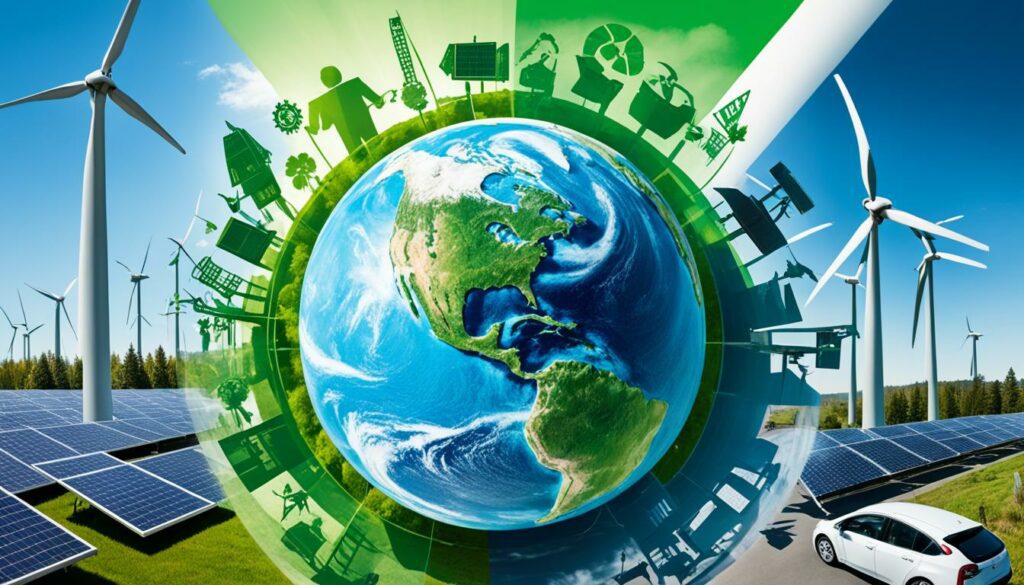
The IPR’s study clearly calls for quick climate policy actions. It predicts that by 2025, over 90% of energy needs will come from renewables and nuclear power. This means energy policies are heading towards a greener, more sustainable future. The report advises everyone involved to prepare for these fast changes by focusing on sustainability and managing the risks of transition.
By 2025, policies from around the world will have a real impact. Advanced economies aim to have almost zero emissions by 2050. They plan to cut greenhouse gases by 80%. This push is part of the Paris Agreement and aims to fight global warming. It’s crucial to manage the risks of this big change well to avoid problems.
But not everything is smooth sailing. Moving to a greener economy too fast could cause problems. These include economic hurdles and operational issues. Now, emerging economies are expected to emit a lot more by 2050, around 9 GtCO2. They need strong and clear plans to deal with these challenges and still reach their climate targets. Governments and leaders must prepare well to avoid a bumpy transition.
| Metrics | Advanced Economies | Developing Economies |
|---|---|---|
| Projected Emissions by 2050 | Near-Zero | 9 GtCO2 |
| % of Policies in Motion | 90% | 40% |
| Renewable Energy by 2025 | Over 90% | Significant Adoption |
The forecast for more renewable energy is looking good. By 2030, renewables may make up nearly half of the world’s electricity, up from one-third now. This growth will really push the use of green energy forward.
Solar PV is set to make big moves. It’s expected to produce more power than the whole US does. Not just that, but money going into new offshore wind projects will likely triple that of new coal or gas-fired plants by 2030. This shows a strong focus on green, sustainable power to combat climate change.
More good news is that harmful CO2 emissions from energy are likely to peak in 2025 and then start dropping. At the same time, we’re expecting a fall in the use of fossil fuels, from 80% to 73% of the global energy mix by 2030. This shows clear moves towards cleaner and more sustainable energy sources.
There’s also a big push to reduce the amount of methane we release, especially from oil and natural gas efforts. By slowing down these emissions by 75%, we hope to protect the environment better. Plus, there will be a lot more LNG available, adding over 250 billion cubic meters every year by 2030, changing the world’s energy market in big ways.
China, a key global energy player, plans to hit its highest energy demand in the mid-2020s. Yet, it’s also pushing hard into more clean energy, cutting down its use of fossil fuels. This will help drop the harmful gases it puts out.
By 2030, we think solar PV might bring in 80% of the world’s new power capacity, with more than half of that coming from solar alone. The US is also gearing up for more renewable power, thanks to new laws like the Inflation Reduction Act and the Bipartisan Infrastructure Law.
Researchers tell us the price of clean energy technology is going down. Thanks to the work of groups from Berkeley Lab to the International Energy Agency, we’re expecting the costs of solar and wind power to drop. This will help renewable energy grow even faster.
Governments worldwide are focusing on climate action, working together to cut emissions and reach a carbon-free energy system. This global effort, backed by organisations like the Smart Electric Power Alliance and the Clean Energy Buyers Alliance, points towards a future powered by sustainable energy.
The job market is changing fast due to a growing need for sustainability. Businesses want to lower their carbon footprints. This creates new jobs in the ‘green’ economy.
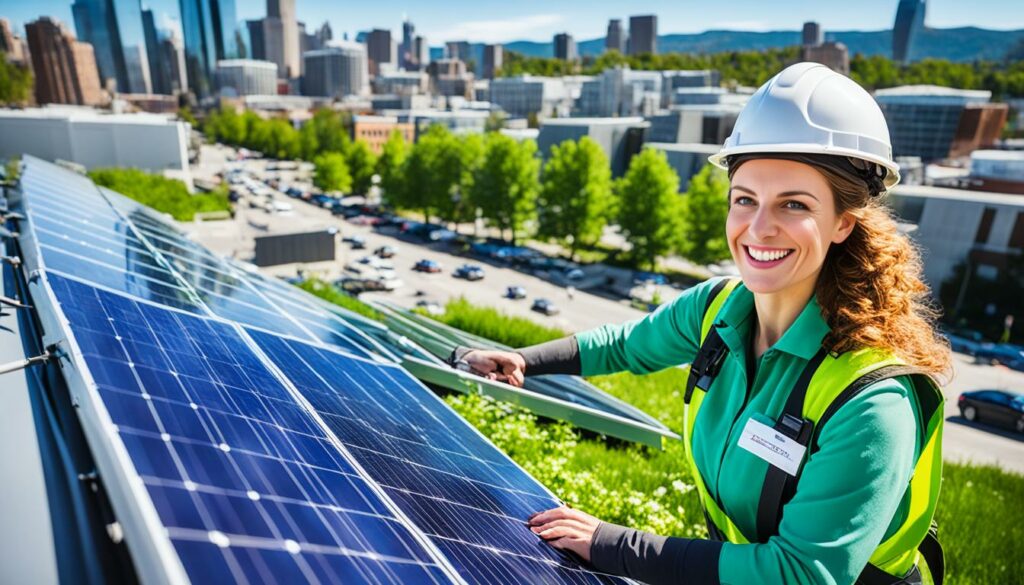
More money is being spent on renewable energy, hitting a record of $501.3 billion in 2020. This leads to more jobs focused on sustainability. Chief Sustainability Officers, who lead green strategies, are now in high demand.
There are many jobs in the green sector. For example, Air Quality Engineers and Natural Resources Specialists. Getting certifications like NREP can help you find work in environmental and safety jobs.
Working in sustainability means knowing about the environment, law, and business. Professionals often have degrees related to these areas. They also need to be able to deal with issues like climate change and make businesses more sustainable.
Technology is opening up new green job opportunities. Safety Technicians, for example, make sure green technologies are used safely. Geoscientists are also in demand for renewable energy and environmental work.
As the need for sustainability grows, so will the job market. By 2023, 440 gigawatts of renewable energy will be added globally. This means a huge growth in green jobs.
The demand for sustainability skills is increasing. To take advantage of these job prospects in the green economy, education and training in sustainability are vital.
Carbon pricing plays a key role in the field of environmental economics. It offers a way to encourage a reduction in greenhouse gas emissions. Both governments and businesses see it as important for slashing emissions. They use a variety of methods, such as carbon taxes, emissions trading, and carbon credits.
Carbon taxes directly charge for the carbon used. They don’t set specific goals for reducing emissions. Some businesses have started budgeting for carbon as a way to track their impact on the climate. This helps them make decisions with the environment in mind, matching their strategies with the costs of emitting carbon.
Emissions Trading Systems (ETSs) are another big tool. They include cap-and-trade and baseline-and-credit systems. These offer different ways to control emissions, making the approach more adaptable. Carbon pricing has come a long way since the Kyoto Protocol. It has helped create global markets for trading carbon across borders.
There’s also a voluntary carbon market for businesses that want to cut carbon on their own. In 2021, this market reached $1.4 billion in transactions. This shows how tackling emissions can also create new economic opportunities, supporting global climate efforts.
In 2008, British Columbia introduced a carbon tax. It’s a good example of how these measures work. This tax led to some jobs moving, but overall, there wasn’t a big change in total jobs. Local businesses grew in number, but big manufacturers that export faced more competition. Jobs were created in cleaner industries, but these needed new skills and sometimes paid less.
How money from carbon taxes is used also matters. For example, if the tax money is used to lower payroll taxes, this can affect jobs as well. Carbon pricing can make jobs shift from one area to another. Some places might win more jobs, while others might lose out.
The changes brought by carbon pricing are complex. They impact the economy in many ways. To create effective and fair policies, it’s essential to carefully think about all these factors.
| Carbon Pricing Instruments | Features |
|---|---|
| Carbon Taxes | Directly sets prices on carbon, not pre-defining emission reductions. |
| ETSs | Incorporate cap-and-trade and baseline-and-credit systems with flexible emission regulation. |
| Crediting Mechanisms | Facilitate emission reductions and result-based climate finance. |
| Internal Carbon Pricing | Allows organisations to evaluate climate-related risks and operational impacts. |
The influence of carbon pricing on the economy is significant. Understanding these impacts helps in making policies that grow the economy and protect the environment.
The world is moving fast towards zero-emission vehicles (ZEVs). This change is pushed by new laws and customer rewards. Governments around the world are making strict rules to promote ZEVs. This is changing how the automotive industry sustainability looks.
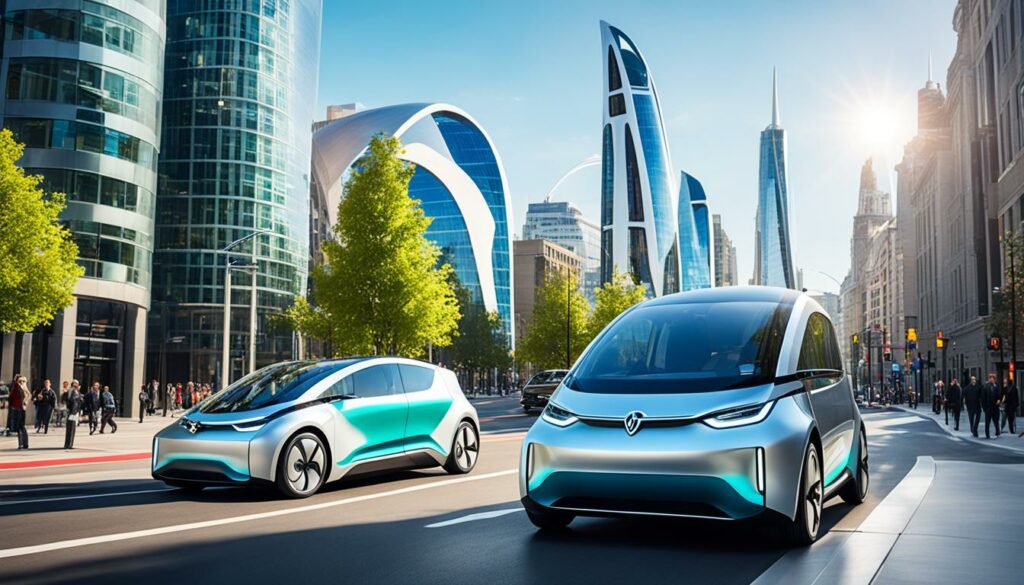
Many countries now aim to end sales of non-zero-emission new cars. For instance, Norway wants all new cars to be ZEVs by 2025. France and the UK set a 2040 goal. In 2017, Europe saw electric vehicles make up 2% of new car sales, with Norway at 39%. China, on the other hand, targets a jump from 2% to 20% by 2030, which is about 7 million cars a year.
The tough laws are forcing car makers to move towards ZEVs. The number of electric cars on the road is expected to jump. By 2030, there could be about 240 million electric cars globally. This change would bring electric cars to over 10% of all cars on the road.
By 2030, electric vehicles could even make up 35% of all new car sales in a year. And we might see electric buses as every tenth bus and around 3.5 million electric trucks.
This push for ZEVs is good for the world and for business. It’s creating new jobs and pushing car companies to make green and smart cars. These efforts are shaping the future of the automotive industry sustainability and how we travel.
Environmental sustainability is now key in agriculture. The sustainable agriculture legislative outlook is vital. Laws are changing to make sure farming works well with protecting nature.
The Common Agricultural Policy (CAP) 2023-27 is a big step. It learns from past mistakes by focusing on goals and checking results. It mixes both choosing to follow rules and having to, helping the environment and farming work together.
Efforts through several laws have been made, like the 2000 Water Framework Directive. But, we’re not moving fast enough. There are too many unclear goals and not enough checks. This results in too much nitrogen and not enough clean water.
The rules for protecting Birds and Habitats in the EU are also struggling. Even though they aim to look after wildlife, they’re not always followed up on. This is because people don’t check often and the punishments don’t work well.
But, schemes that pay farmers to protect the environment are doing well. This helps nature. However, these schemes need farmers to join in willingly, have good checks, and money. So, it’s important to have strong rules to make these work.
| Directive | Challenges |
|---|---|
| Water Framework Directive | Missed targets; ongoing challenges in water quality restoration |
| Nitrate Directive | Persisting nitrogen surpluses affecting water quality |
| Sustainable Use of Pesticides Directive | Imprecise targets and poor monitoring |
| Birds and Habitats Directives | Weak enforcement of biodiversity targets |
The EU Climate Law is another big step. It aims to cut greenhouse gases by 55% by 2030. We must now report how our money helps the environment. This will keep nature in mind when we farm.
In short, farming rules are hard but full of opportunities. Everyone involved must be ready to change quickly to gain from a growing green market. This change is crucial for farming to fit in with lasting environment plans, leading us to a better future.
The future of environmental rules is changing fast. We will see big effects thanks to long-term rules. For example, by 2100, the whole world might get hotter by 0.5°F to 8.6°F. America might see a temperature rise of about 3°F to 12°F. This means we need to find new ways to follow the rules.
The rise in greenhouse gases is melting ice, raising sea levels, and creating more severe storms. The Clean Power Plan wanted to cut greenhouse gases by 32% by 2030. But, a new rule, the Affordable Clean Energy rule, might set us back. This shows the need for strong rules that keep making real progress.
Extreme weather is getting worse too. From more rain in some areas to stronger winds in storms, we need to be ready. Even places with less rain might see more heavy rain days. This means we need to have plans that fit each place. Both businesses and governments must plan for changes.
To deal with coming rules, we must plan well and know the global rules. This will take hard work and a strong commitment to keep our planet safe. We need to shape our future so we all have a better world. It’s not just about following laws but also about being at the heart of how we live.
The EU is focusing more on telling the truth and taking responsibility for green actions in companies. They’re moving from the NFRD to the CSRD. Now, there’s a new rule called the CSDDD. It makes big businesses think about how they treat the environment and people in their work.
Companies must start using circular ways to design products. This means making things that are easy to take apart, fix, or throw away safely. They’ll also have to follow tighter rules on packing and waste. This is meant to make new products in a way that’s kinder to the planet.
The CSRD says companies must look hard at where they get their stuff from. This includes checking if they use rare metals or harm forests. Doing this check well is key for meeting the EU’s big goal to cut down on carbon.
This directive wants buildings to use less energy. Companies must work on making their buildings more eco-friendly and use less power. This is part of how they follow the rules.
From 2026, companies have to be very clear in their ads about being green. They can’t say things that are not exactly true. Words like ‘carbon neutral’ must be proven. This change aims to make sure what companies say is right.
The ISSB and EFRAG want to make global green reports work better together. This will help everyone see and compare how well companies are doing in being green. They’re making sure the reports are clear and honest.
About 50,000 big companies must share how they’re being green with everyone. They should start slowly, checking a bit at first, but in a few years, be more sure about their facts. Even if they’re not from the EU, they still have to do this.
The CSDDD makes big companies think a lot about how they treat the environment and people. It covers businesses with many parts. Its aim is to make green reports and checks easier to understand and compare across different laws.
We will see more strict, global rules about being green soon. Everyone involved must be ready to change and follow these new laws. This is important to keep up with and make good use of the chances that come with it.
The IPR tells us that soon, governments will make big moves to fight climate change. This could mean big changes and challenges for businesses if they’re not ready. It’s a call to get prepared now.
By 2024, green energy might be as big as energy from things like coal. This is thanks to more wind, sun, and other green powers. The EU and China are leading this change in how we make and use energy.
More and more people are needed to work on being green. Jobs like managing green plans, keeping checks on carbon, and being sure laws are followed are growing fast. Businesses want people who know how to make green plans work well.
Ways like taxing carbon and trading its rights push businesses to cut their carbon use. This balancing act between the economy and our planet makes cutting carbon worth it.
Laws are pushing car makers to make more zero-emission vehicles (ZEVs). This helps our planet, and it also helps the car industry to grow and be more innovative.
Soon, laws will ask for farms and lands to be used more responsibly. This change will need efforts from officials and businesses to meet the new green market needs.